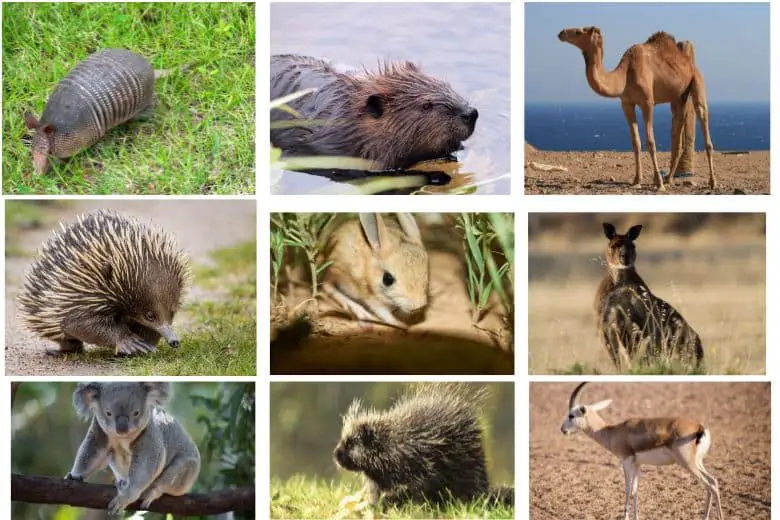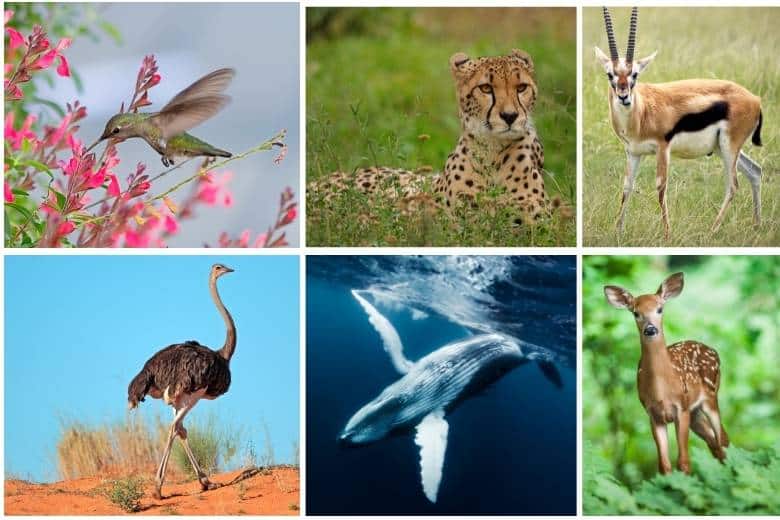Turtles are reptiles known for their hard shells, which provide them with protection against many predators. However, they still face threats from a range of predators during different stages of their life cycle. Understanding these predators and their impact on turtle populations is crucial for conservation efforts and ensuring the survival of these remarkable creatures.
Overview of Turtles
Turtles are cold-blooded reptiles characterized by their bony or cartilaginous shell. They have a unique anatomy that allows them to retract their head, legs, and tail into their shells for protection. Turtles come in various sizes, from the tiny Bog turtle to the enormous Leatherback turtle.
There are different species of turtles, each adapted to specific habitats. For instance, freshwater turtles like the Painted turtle and Red-eared slider are found in lakes, ponds, and rivers, while sea turtles such as the Loggerhead turtle and Green turtle inhabit oceans and lay their eggs on sandy beaches.
Predators of Turtles
Turtles face a range of predators throughout their lives. From the moment they hatch from their eggs, they encounter various threats in their environment. Let’s explore the predators of turtles and the challenges they pose to different stages of a turtle’s life.
Natural Predators
Many natural predators consider turtles as a potential food source. Some common predators include:
- Birds of prey (e.g., eagles, hawks, herons)
- Mammals (e.g., raccoons, foxes, skunks)
- Fish (e.g., large predatory fish in aquatic habitats)
- Snakes (e.g., water snakes, rat snakes)
Predation on Turtle Eggs
Turtle eggs are highly vulnerable to predation. Nest predation, where predators target turtle nests to feed on the eggs, poses a significant threat. Some predators that target turtle eggs include:
- Raccoons: These opportunistic mammals often raid turtle nests and consume the eggs.
- Skunks: Skunks have a keen sense of smell, allowing them to locate turtle nests and dig up the eggs.
- Ants and beetles: Some species of ants and beetles are known to feed on turtle eggs.
Predation on Hatchlings
When turtle hatchlings emerge from their nests, they face numerous challenges. Their small size and lack of developed defenses make them easy targets for predators. Some predators of turtle hatchlings include:
- Birds: Gulls, herons, and other shorebirds prey on turtle hatchlings as they make their way to the water.
- Fish: Predatory fish lurking near the shoreline may seize the opportunity to feed on vulnerable hatchlings.
- Crabs and other crustaceans: In coastal areas, crabs and other crustaceans can pose a threat to turtle hatchlings.
Predation on Juvenile and Adult Turtles
Even as turtles grow and develop, they remain susceptible to predation. Juvenile turtles, as they venture into their habitats, face various threats. Common predators of juvenile turtles include:
- Larger fish: As turtles grow, they become potential targets for larger fish species.
- Mammals: Predatory mammals such as raccoons and foxes continue to pose a threat to juvenile turtles.
- Alligators and crocodiles: In some regions, turtles must contend with these large reptilian predators.
Adult turtles also face predation risks, although their size and shell provide them with better protection. Nevertheless, some predators can still overpower adult turtles in certain situations. These predators may include:
- Sharks: In marine environments, certain species of sharks can prey on adult sea turtles.
- Large mammals: In freshwater habitats, large mammals like alligators may pose a threat to adult turtles.
Strategies for Avoiding Predators
To mitigate the risk of predation, turtles have evolved various strategies to protect themselves. These strategies help them blend into their environment or deter potential predators.
Camouflage and Protective Coloration
Many turtle species have coloration that matches their surroundings, providing camouflage and making it harder for predators to detect them. For example, the Eastern Box turtle has a shell pattern that resembles fallen leaves, allowing it to blend into the forest floor.
Shell Defense Mechanisms
The turtle’s shell is its primary defense against predators. Turtles can retract their heads, legs, and tail into their shell, making it difficult for predators to reach vulnerable body parts. Additionally, some species have hard shells with sharp edges, acting as a deterrent against potential threats.
Behavioral Adaptations
Turtles exhibit various behavioral adaptations to avoid predation. They may freeze, withdraw into their shell, or quickly retreat into water when they sense danger. Some species can also emit foul-smelling odors or release musk to repel predators.
Impact of Predation on Turtle Populations
Predation plays a significant role in shaping turtle populations. High predation rates can lead to a decrease in turtle numbers, affecting ecosystem balance and biodiversity. Understanding the impact of predation is vital for implementing effective conservation measures.
Conservation Efforts and Protection
To protect turtles from predation and ensure their survival, several conservation efforts are underway. These efforts focus on both protecting nesting sites and reducing predation risks for hatchlings and adult turtles.
Nest Protection Programs
Nest protection programs involve monitoring and protecting turtle nests from predators. Conservationists may install barriers or fences to prevent access to nests or relocate vulnerable nests to safer locations.
Predator Control Measures
In certain cases, predator control measures may be employed to safeguard turtle populations. This involves managing or removing predators in specific habitats to reduce predation pressure on turtles.
FAQs
Do turtles have any natural defenses against predators?
Yes, turtles have several natural defenses, including their hard shells, camouflage, and protective behaviors such as retracting into their shells.
What are the primary predators of sea turtles?
Sharks are among the primary predators of adult sea turtles. However, hatchlings face threats from birds, fish, and other marine predators.
Can turtles fight off predators?
While turtles can defend themselves to some extent, they rely mainly on their defenses such as shells and avoidance strategies rather than direct confrontation with predators.
Are turtles in danger due to predation?
Predation can pose significant risks to turtle populations, particularly if predation rates are high and conservation measures are not in place.
How can we help protect turtles from predators?
Supporting conservation efforts, including nest protection programs and predator control measures, can help protect turtles from predation and ensure their long-term survival.
Conclusion
Turtles, despite their unique shell defense and various adaptations, face predation threats throughout their lives. From nest predation to predation on hatchlings, juveniles, and even adults, turtles are not exempt from the pressures of predation. Understanding these threats is crucial for conservation efforts and implementing measures to protect these remarkable creatures.


